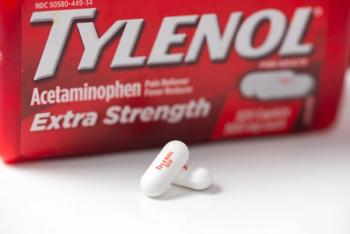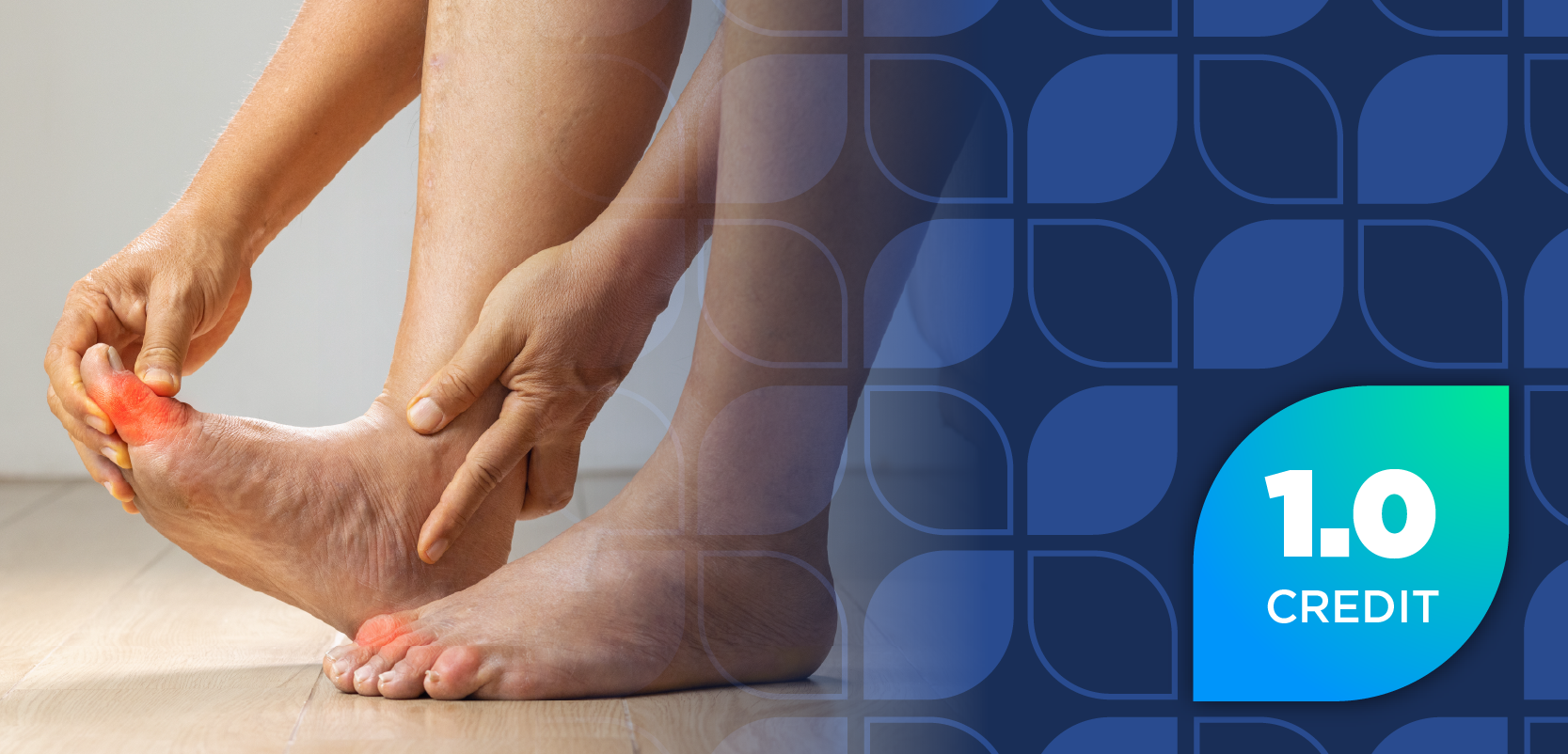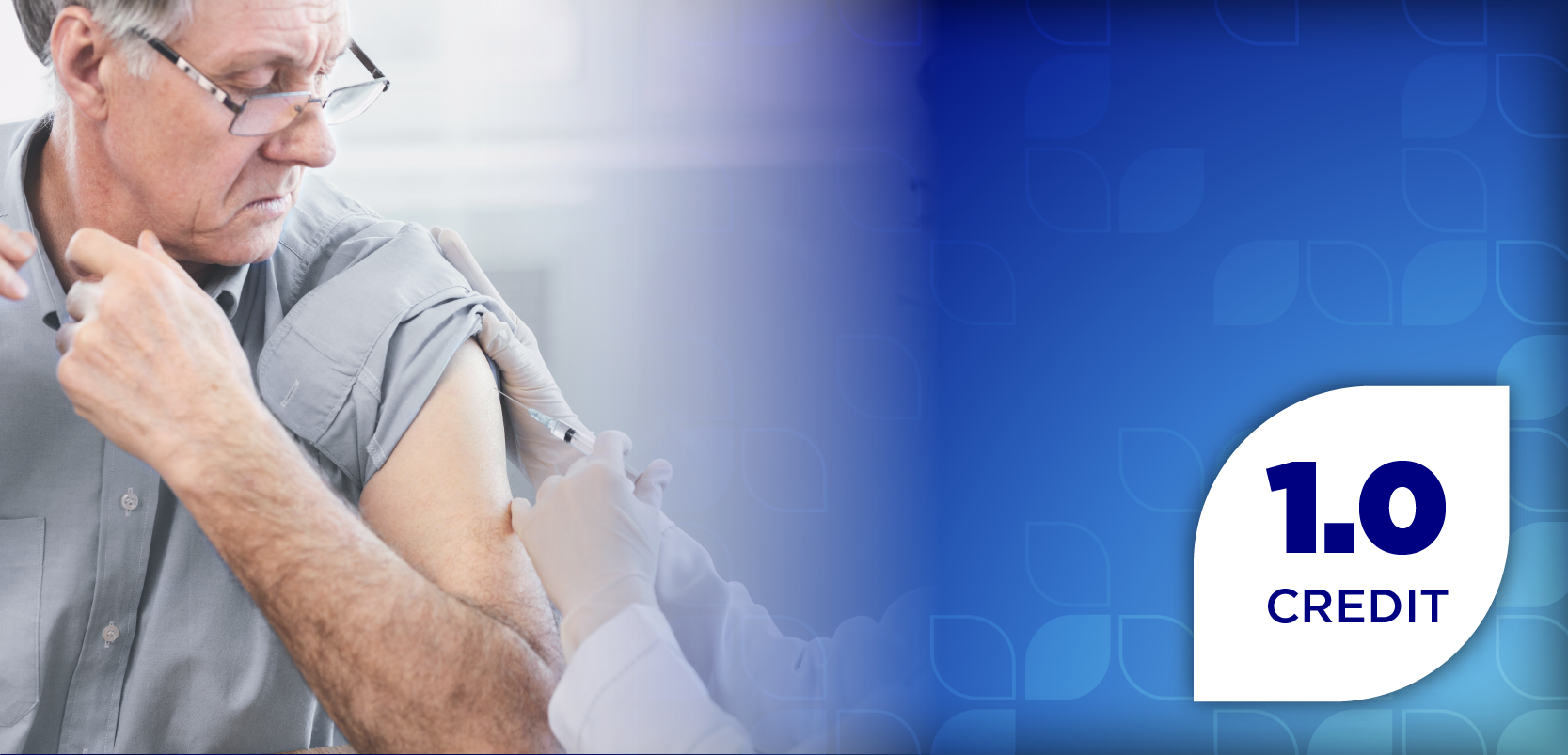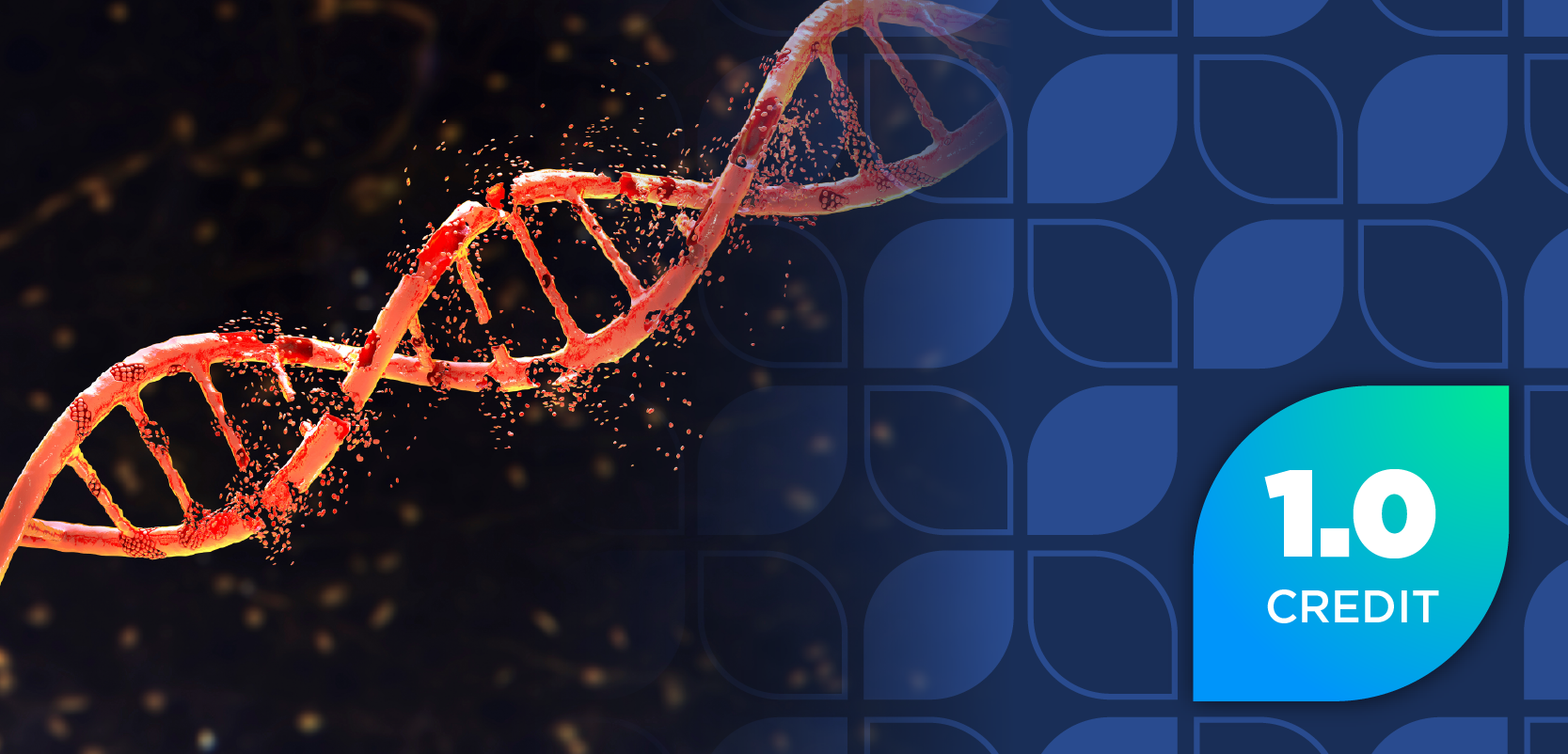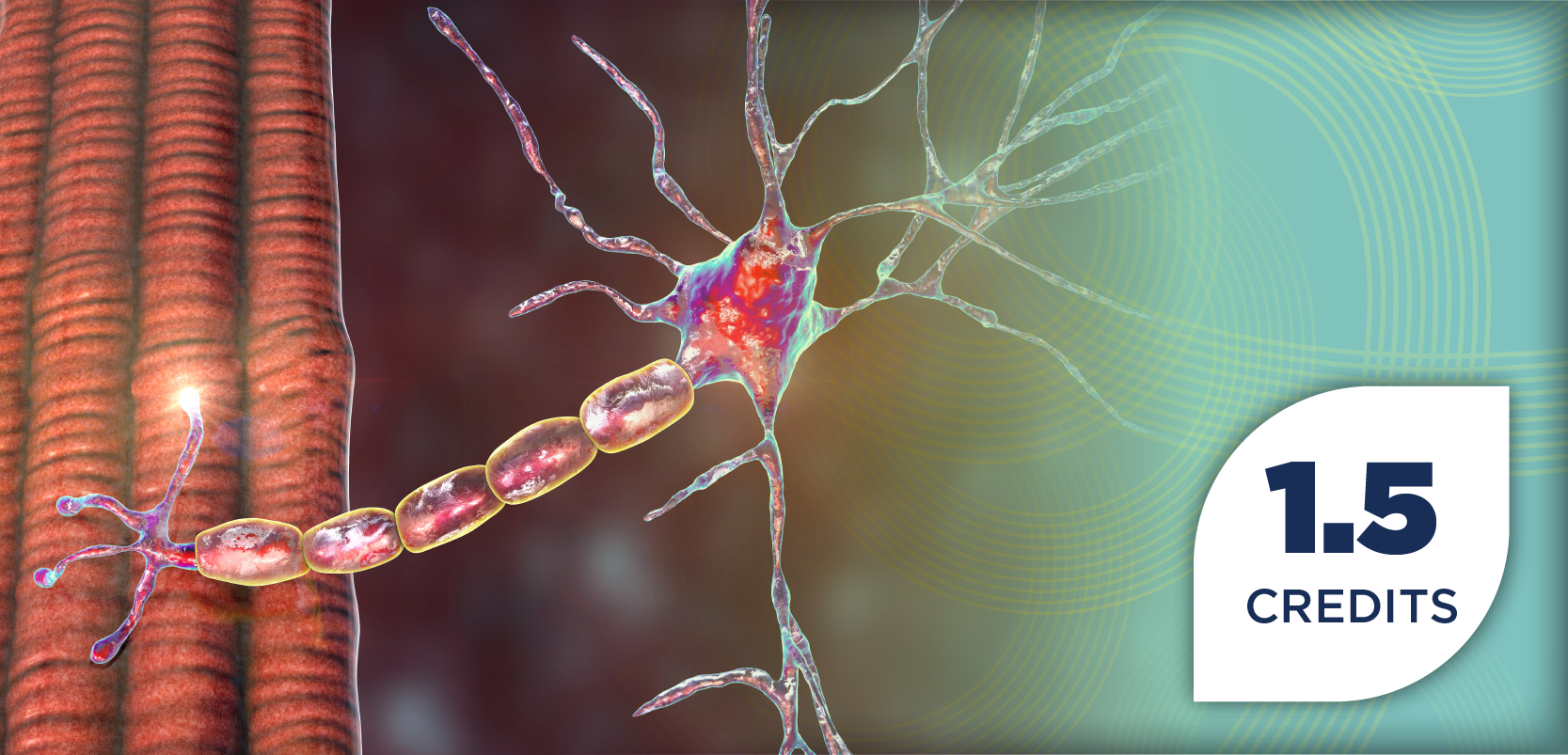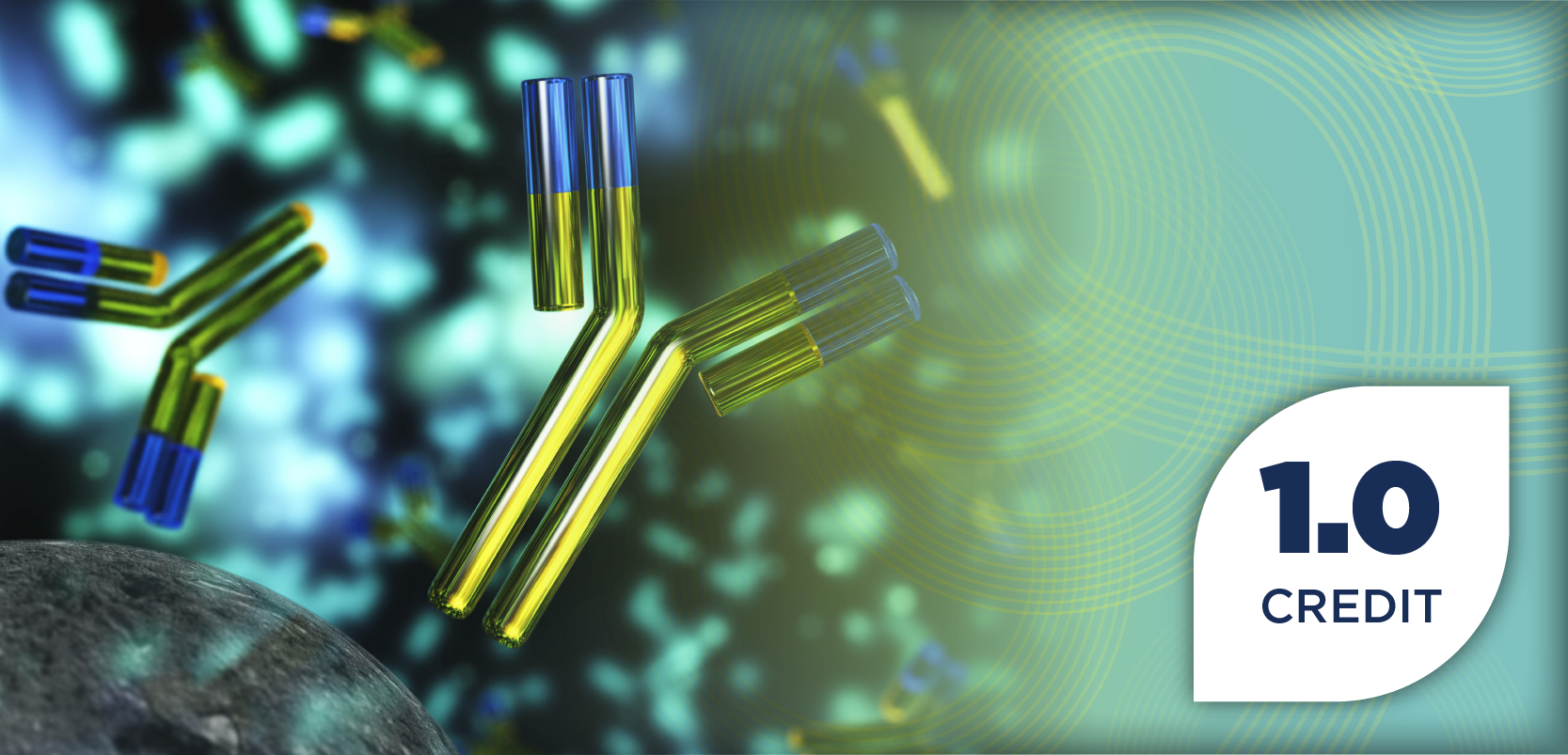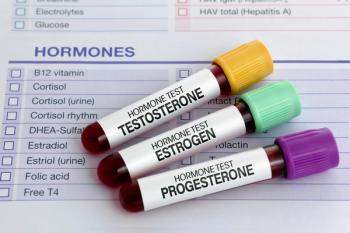
Inclisiran Plus Usual Care Enhances LDL-C Control Post-Acute Coronary Syndrome
Key Takeaways
- Inclisiran plus usual care significantly improved LDL-C goal attainment in post-ACS patients compared to usual care alone, with rapid and sustained reductions.
- High adherence to lipid-lowering therapy was observed in both groups, but fewer patients in the usual care group received additional nonstatin therapy.
Inclisiran significantly enhances LDL-C goal attainment in post-acute coronary syndrome patients, improving lipid management outcomes.
Results from the VICTORION-INCEPTION (NCT04873934) trial demonstrated that more patients with recent ACS met LDL-C goals when being treated with inclisiran (INC, Leqvio; Novartis) plus usual care, compared with usual care alone.1,2
For patients recovering from acute coronary syndrome (ACS), achieving optimal low-density lipoprotein cholesterol (LDL-C) levels is crucial to reduce the risk of recurrent cardiovascular events. Current guidelines recommend adding nonstatin lipid-lowering therapies (LLTs) when LDL-C goals are not met with maximally tolerated statins alone.1,2
Experts at the American Heart Association (AHA) 2025 Scientific Sessions, which were held in New Orleans, Louisiana, shared data evaluating whether adding INC to usual care post-ACS could improve LDL-C goal attainment, adherence, and LLT utilization compared with usual care alone. In an additional study shared at AHA, researchers aimed to determine whether the use of LLT at the time of an initial ACS event impacted patients’ ability to reach LCL-C goals and achieve LDL-C reduction with INC treatment.1,3
What is ACS?
ACS signifies a group of conditions that cause sudden, reduced blood flow to the heart that is triggered by a partial or complete blockage in one of the coronary arteries. This reduction of blood flow could result in severe and irreversible damage to the heart or sudden cardiac death.4
The 3 types of ACS include unstable angina, which causes severe and often chest discomfort; non-ST-segment elevation myocardial infarction, which is a heart attack caused by a partial blockage in a coronary artery; and ST-segment elevation myocardial infarction, which is a heart attack caused by a complete blockage in a coronary artery.4
Individuals with ACS could experience symptoms of chest discomfort; pain that spreads to the shoulder, arm, neck, back, or jaw; shortness of breath; dizziness or fainting; sudden, excessive sweating; fatigue; a racing or pounding heart; and an upset stomach that could feel like indigestion.4
ACS requires rapid treatment because prolonged blockage increases the risk of heart damage or death, along with reducing the risk of cardiovascular events.4
Optimizing Post-ACS Lipid Control With Inclisiran and Usual Care
To examine whether adding INC post-ACS improved LDL-C goals, adherence, and LLT use compared with usual care, researchers conducted a study including patients that were recently discharged from an ACS hospitalization within 5 weeks that had elevated LDL-C or non-HDL-C and were either on statins or documented as statin intolerant. The patients were randomly assigned to receive 300 mg of INC sodium on days 0, 90, and 270 with usual care or usual care alone.1
Experts shared that adherence was measured by the percentage of study days with self-reported LLT use and evaluated using the Medication Adherence Report Scale-5 (MARS-5) questionnaire. They also assessed changes in usual-care LLT and LDL-C goal attainment by statin use at day 30.1
The results demonstrated that both groups displayed high adherence to usual care LLT, with reported use on 92.6% of days in the INC plus usual care group and 96.5% in the usual care alone group. The mean MARS-5 scores remained above 23 throughout the study, and most patients maintained high-intensity statin use from baseline to the end of the study (INC + UC: 89.8%; UC: 95.0%). However, only 1 patient in the INC plus usual care group added nonstatin LLT compared with 20.3% in the usual care group.1
Further results demonstrated that at day 330, patients receiving INC plus statins achieved significantly higher LDL-C goal attainment than those on statins alone (<70 mg/dL: 78.1% vs 24.4%, OR 12.90; <55 mg/dL: 66.4% vs 10.1%, OR 22.85; P<.001). Individuals on INC without statins or with combination LLT also showed numerically better LDL-C outcomes than usual care, according to the experts.1
Impact of Baseline LLT Use on LDL-C Outcomes With Inclisiran
In the additional study, experts examined whether differences in LLT use at the time of an initial ACS event impacted LDL-C goal attainment and reduction with INC treatment, based on the VICTORION-INCEPTION trial.3
A total of 400 patients screened within 5 weeks after ACS hospitalization with elevated LDL-C or non-HDL-C who were either on statin therapy or documented as statin intolerant were included in the study. Patients were randomly assigned to receive 300 mg of INC sodium on days 0, 90, and 270 with usual care or usual care alone.3
Results demonstrated that among the 400 patients, 64.5% were on LLT at their ACS event, which increased to 96.8% by treatment start, and those on LLT were older with more prior myocardial infarctions. Regardless of prior LLT use, INC plus usual care led to significantly higher LDL-C goal attainment (<70 mg/dL: ≥60.0% vs ≤25.6%; <55 mg/dL: ≥48.8% vs ≤15.2%; P<.001) and greater, sustained LDL-C reductions through day 330.3
Takeaways for Pharmacists
The findings suggest that adherence to lipid-lowering therapy was high across both groups, yet few patients in the usual care arm received additional nonstatin therapy. In the VICTORION-INCEPTION trial, adding INC to usual care led to rapid, sustained LDL-C reductions and improved goal attainment, supporting its use with statins to enhance lipid management post-ACS.1,3
REFERENCES
1. Anderson J, Muhlesterin J, Brown A, et al. VICTORION-INCEPTION: Adherence and goal attainment data support the addition of inclisiran to background lipid-lowering therapy as a lipid management strategy post-acute coronary syndrome. Presented: American Heart Association 2025 Scientific Sessions; November 9, 2025; Ernest N. Morial Convention Center; New Orleans, Louisiana. Accessed on American Heart Association’s Virtual Platform on November 10, 2025.
2. Management of LDL-cholesterol With Inclisiran + Usual Care Compared to Usual Care Alone in Participants With a Recent Acute Coronary Syndrome (V-INCEPTION). Novartis Pharmaceuticals. Updated October 16, 2025. Accessed November 10, 2025. https://clinicaltrials.gov/study/NCT04873934
3. Brown A, Desai N, Anderson J, et al. VICTORION-INCEPTION: Consistent low-density lipoprotein cholesterol lowering with inclisiran following acute coronary syndrome independent of index lipid-lowering therapy. Presented: American Heart Association 2025 Scientific Sessions; November 10, 2025; Ernest N. Morial Convention Center; New Orleans, Louisiana. Accessed on American Heart Association’s Virtual Platform on November 10, 2025.
4. Acute Coronary Syndrome. Cleveland Clinic. News release. Updated October 6, 2025. Accessed November 10, 2025. https://my.clevelandclinic.org/health/diseases/22910-acute-coronary-syndrome
Newsletter
Stay informed on drug updates, treatment guidelines, and pharmacy practice trends—subscribe to Pharmacy Times for weekly clinical insights.

